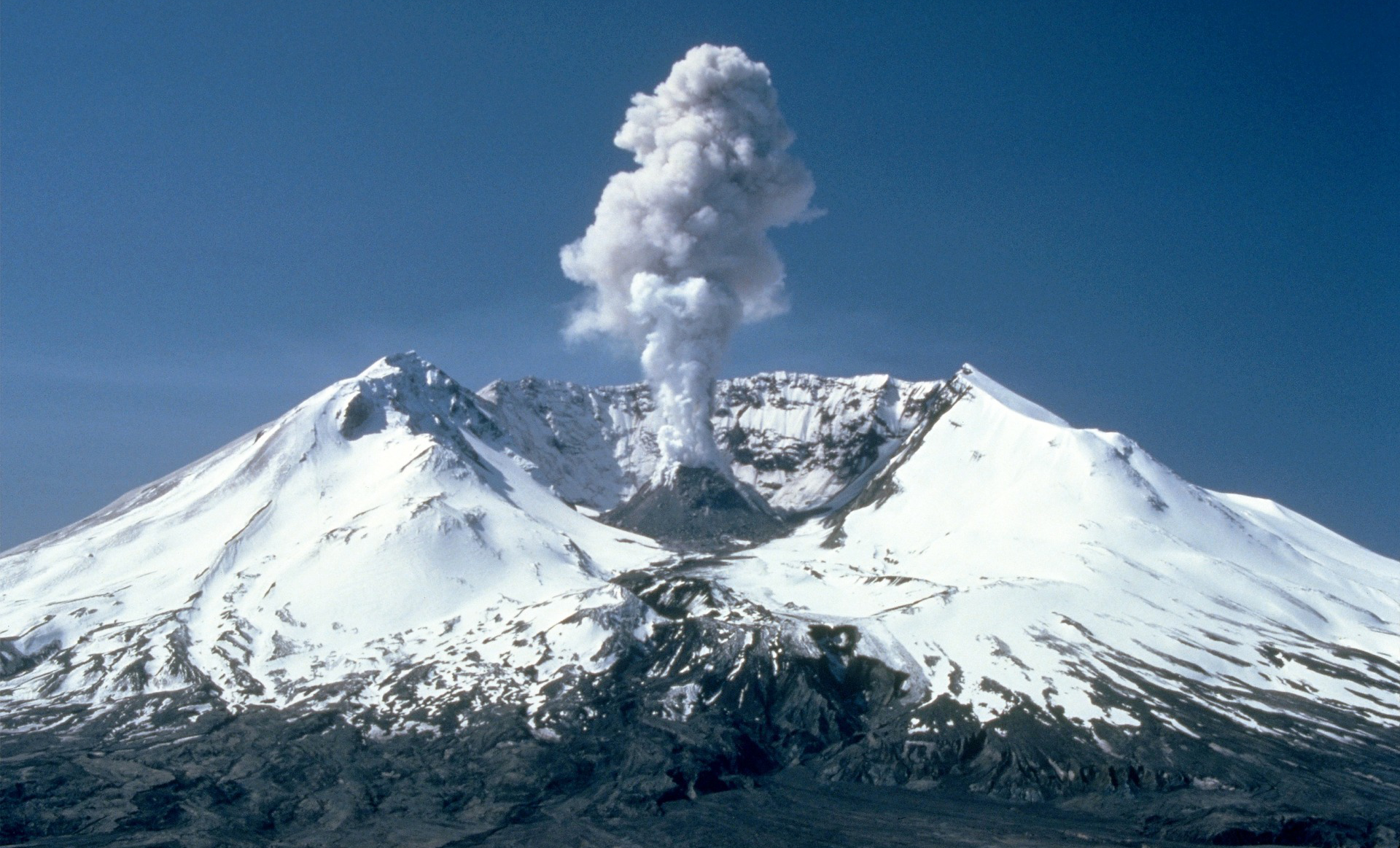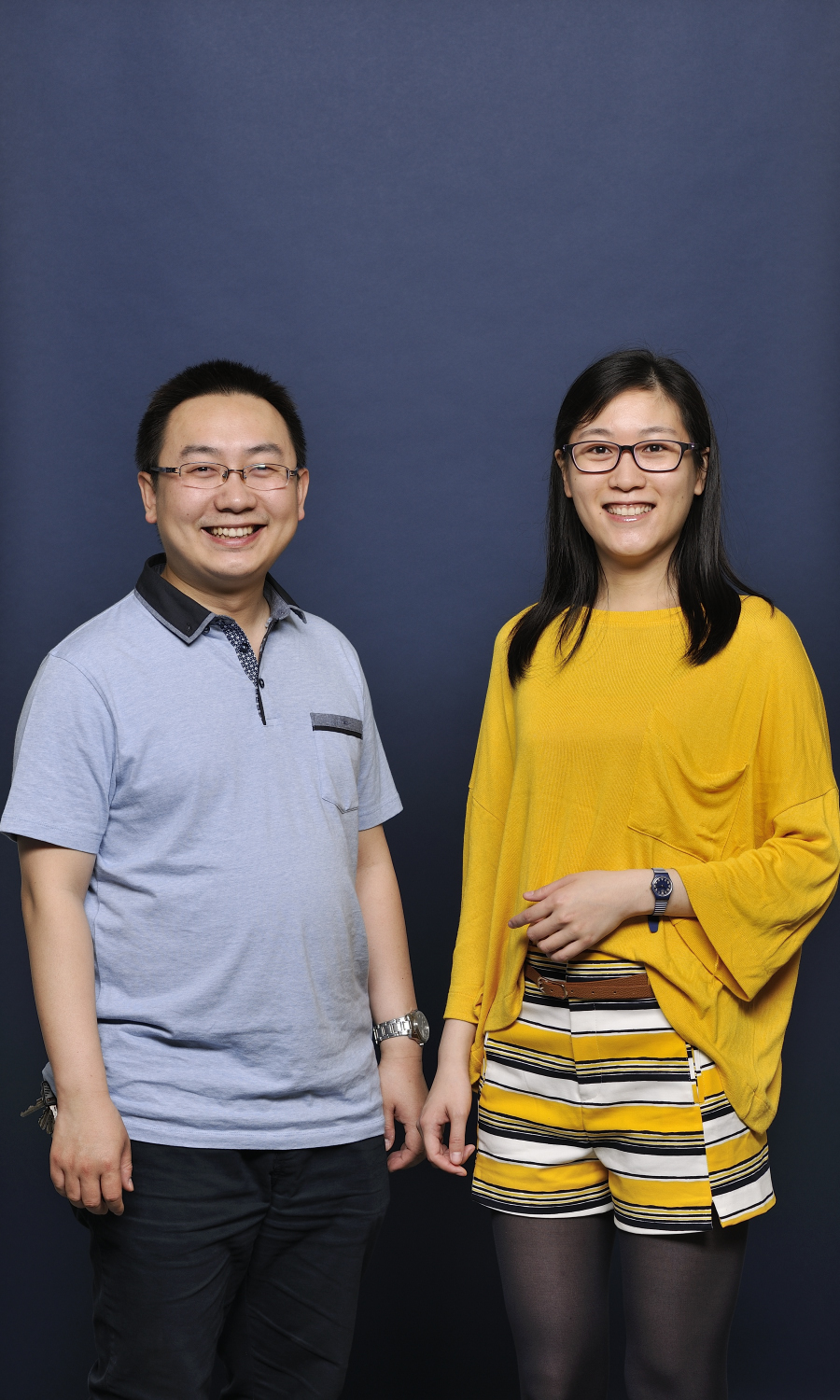Forecasting gigantic ash clouds
Seven years ago, Europe was under the spell of an enormous ash cloud, following the eruption of a volcano on the Eyjafjalla Glacier in Iceland. The cloud brought air traffic to a complete standstill in a large part of Europe, caused a great deal of disruption and entailed significant costs. Two PhD candidates from the Faculty of Electrical Engineering, Mathematics and Computer Science (Mathematical Physics), Guangliang Fu and Sha Lu, looked at the behaviour of such a cloud and how its course might be predicted.

The huge ash cloud was an impressive sight, but also brought home the fact that researchers did not know how to effectively deal with the phenomenon. After all, how the ash cloud would develop remained a mystery. ‘The volcanic ash can cause serious damage to airplane engines. Choosing to avoid any risks, airline companies decided to ground all their airplanes. If we had known where the ash cloud was headed, it would have been possible to fly around it, for example,’ says Guangliang Fu.
Fu has successfully created a predictor that calculates ash cloud behaviour for the coming two days – priceless information for airlines and airports. Fu is one of the first to produce actual figures on ash cloud movement.
One of the reasons behind his success is the clever use of measurement airplanes. Satellite information is available of course, but is simply too limited and does not offer the complete picture. Sending an aircraft to the cloud to conduct measurements is much more effective. It will return with information such as the number and type of particles in the cloud. Fu feeds these data into his forecasting system. ‘This prediction can tell you whether it is safe to fly over France, for example, and if it turns out to be unsafe, whether it is a good idea to divert air traffic to Germany.’
The physical laws of the atmosphere
Making such a forecast was not easy. This is because the measurement aircraft has no permanent location and is always moving around. ‘That makes it difficult to process the data, and explains why the data were not used earlier,’ comments Fu.
The PhD candidate successfully wrote an algorithm that tells you exactly when and where the plane conducts a measurement. In Fu’s forecast model, these data are combined with the weather forecast. ‘The model can be used to forecast where the cloud is moving to. You can then use an aircraft to check whether this is correct. If these measurements indicate that the ash cloud is moving elsewhere, the model automatically adjusts the forecast. You therefore make effective adjustments while factoring in the physical laws of the atmosphere,’ says Fu.
Recreating an ash cloud
Sha Lu conducted her PhD research into ash clouds at the same time as Fu. She explored ways to recreate an ash cloud. Where exactly did the ash enter the atmosphere, and what height did it reach? She calculated the distance from the atmosphere back to the site of the eruption itself, which would be beyond the capabilities of existing methods. ‘Satellites only provide information about the column as a whole. From their position, they cannot determine the height reached by the ash, only the total amount in the atmosphere at a particular location. But not the vertical distribution,’ explains Lu.
That being said, she can definitely use the satellite data. Lu uses measurements from satellites at various locations. She combines these data with meteorological data, such as the wind speed at various altitudes. Lu: ‘Combining these data allows you to see how the ash is distributed vertically. It comes down to tiny differences that you have to extract from huge amounts of data. We are talking about very subtle effects, for example, wind speed 7 at levels 8 and 9, but wind speed 6 at level 5.’ The information lies more or less concealed in a veritable mountain of data. Lu’s method is extremely accurate, due to the fact that she retrieves information from a range of different sources with her algorithm.
Marriage proposal

Guangliang Fu and Sha Lu
Lu and Fu did not only work together in the same team for their research, they are also living together in Delft. They met during their Mathematics Bachelor’s degree programme in China. ‘We went to the same lecture, which was attended by about 200 students. She caught my eye immediately, because she is so pretty,’ says Fu. He went to talk to her, and they have been together ever since. |
Text: Robert Visscher | Photo: Mark Prins | April 2017